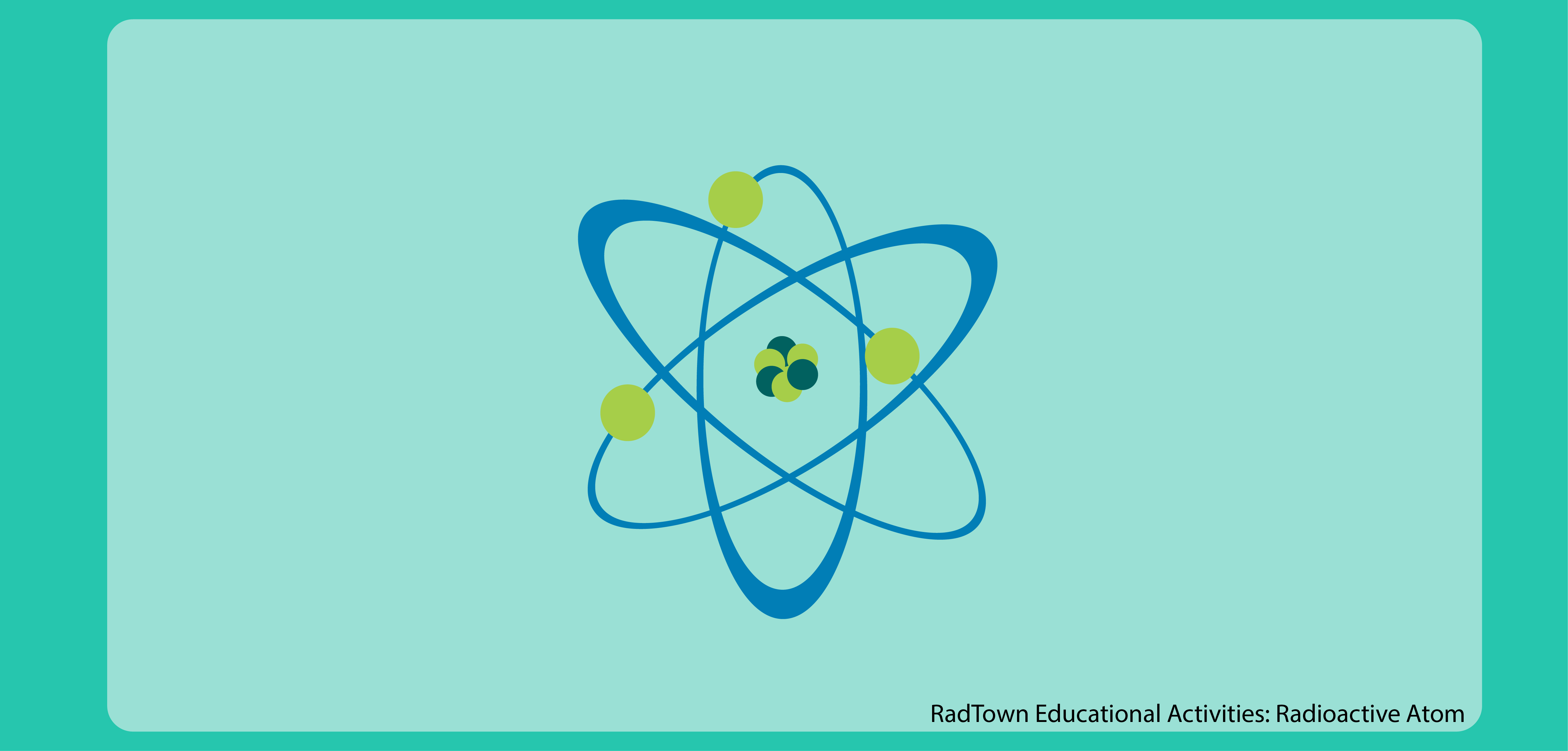RadTown Classroom Materials: The Radioactive Atom

The RadTown Radioactive Atom activities are designed to help students identify the structure of an atom and describe the structural changes that occur in unstable (radioactive) atoms as they decay. Students will learn about the Rutherford-Bohr Theory of Atomic Structure and will use the periodic table to determine an element's atomic structure. Students will also learn about the process of radioactive decay and the types of ionizing radiation emitted from radioactive atoms as they decay. Additionally, students will learn about commonly encountered radioactive elements, fission and fusion.
The links below provide background information for teachers, resource lists for student research, and detailed lesson plans with activities and worksheets. These activities are intended for use with middle school and high school students, but can be adapted as desired to fit individual classroom needs.
